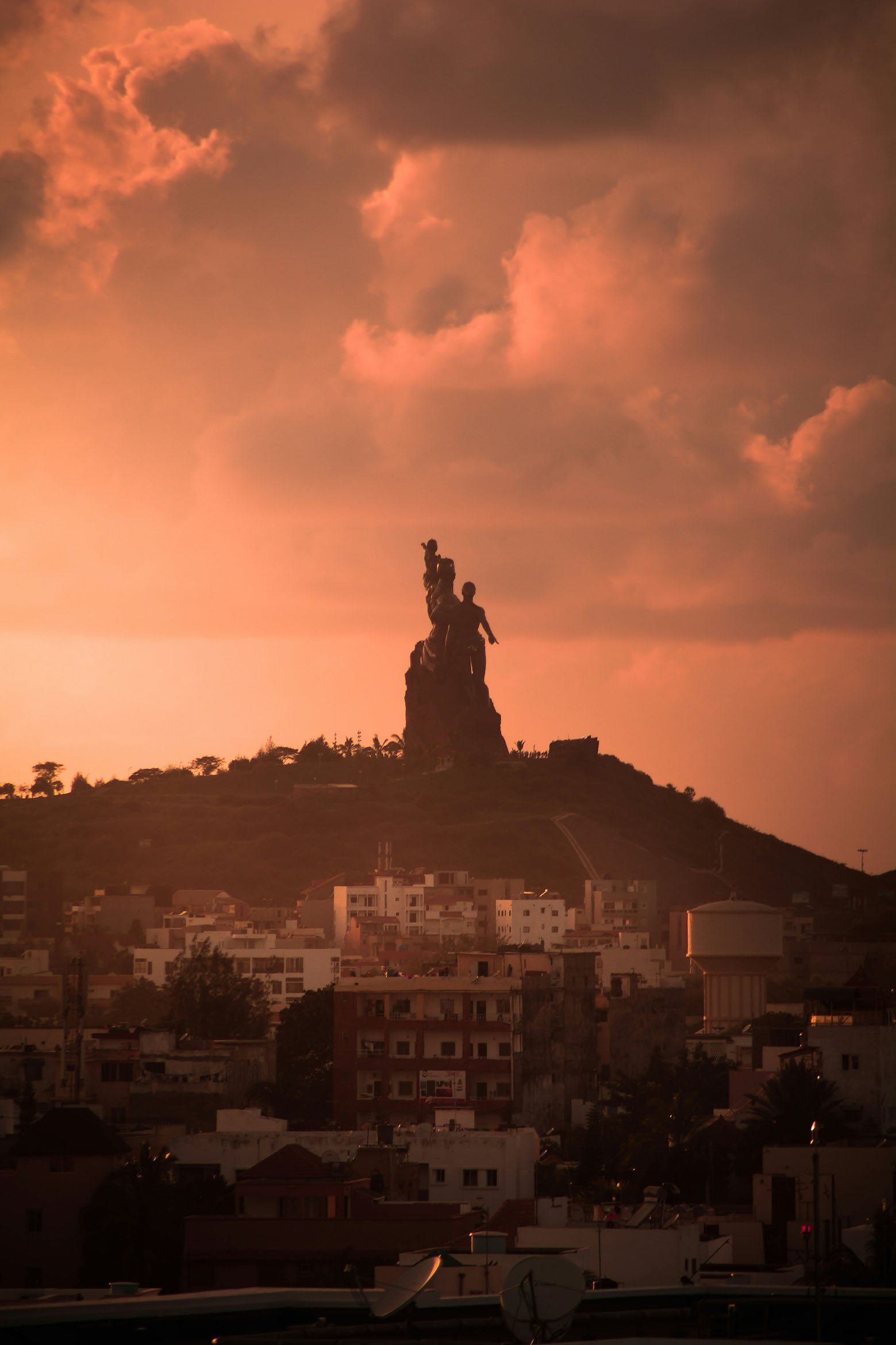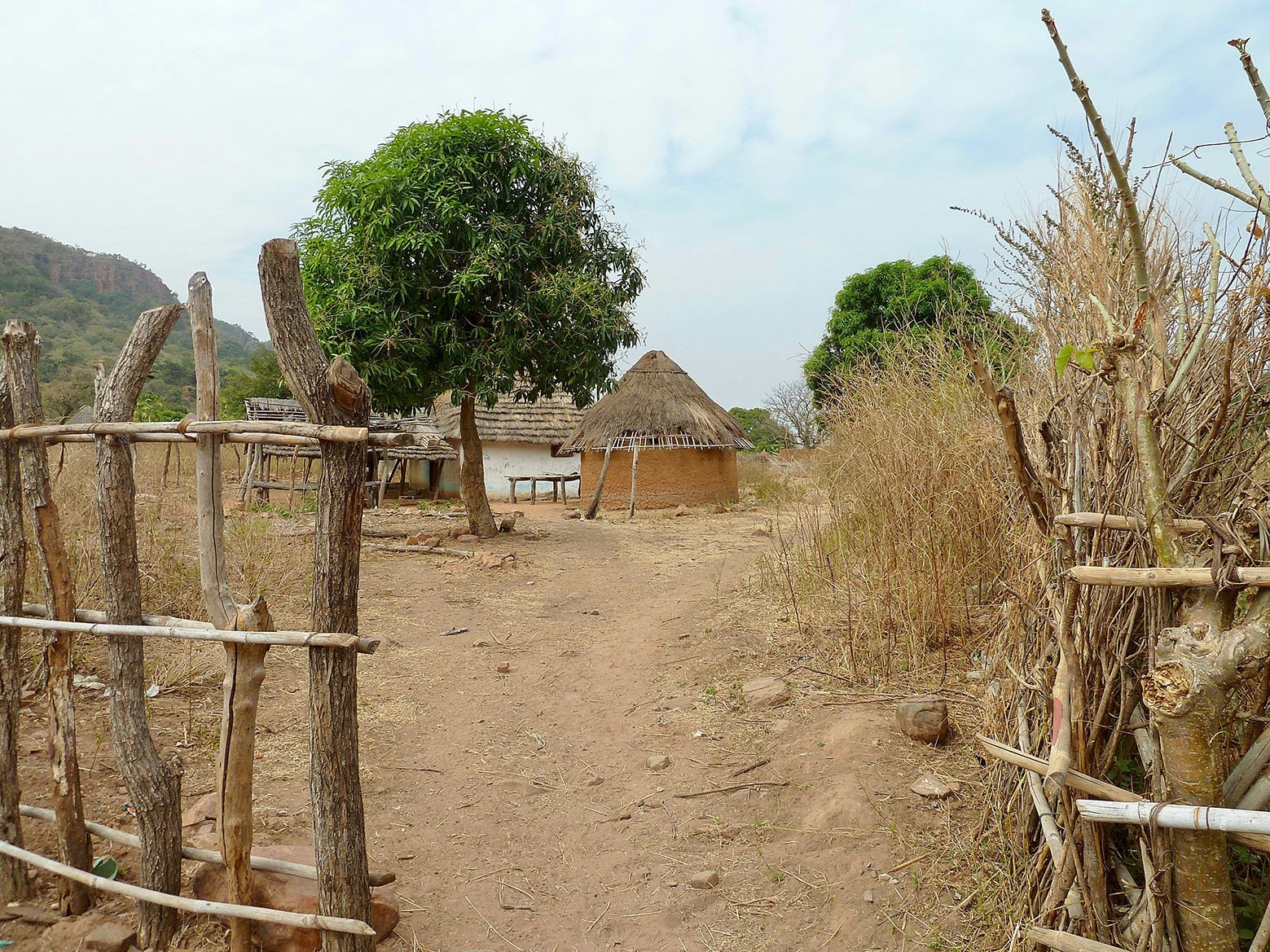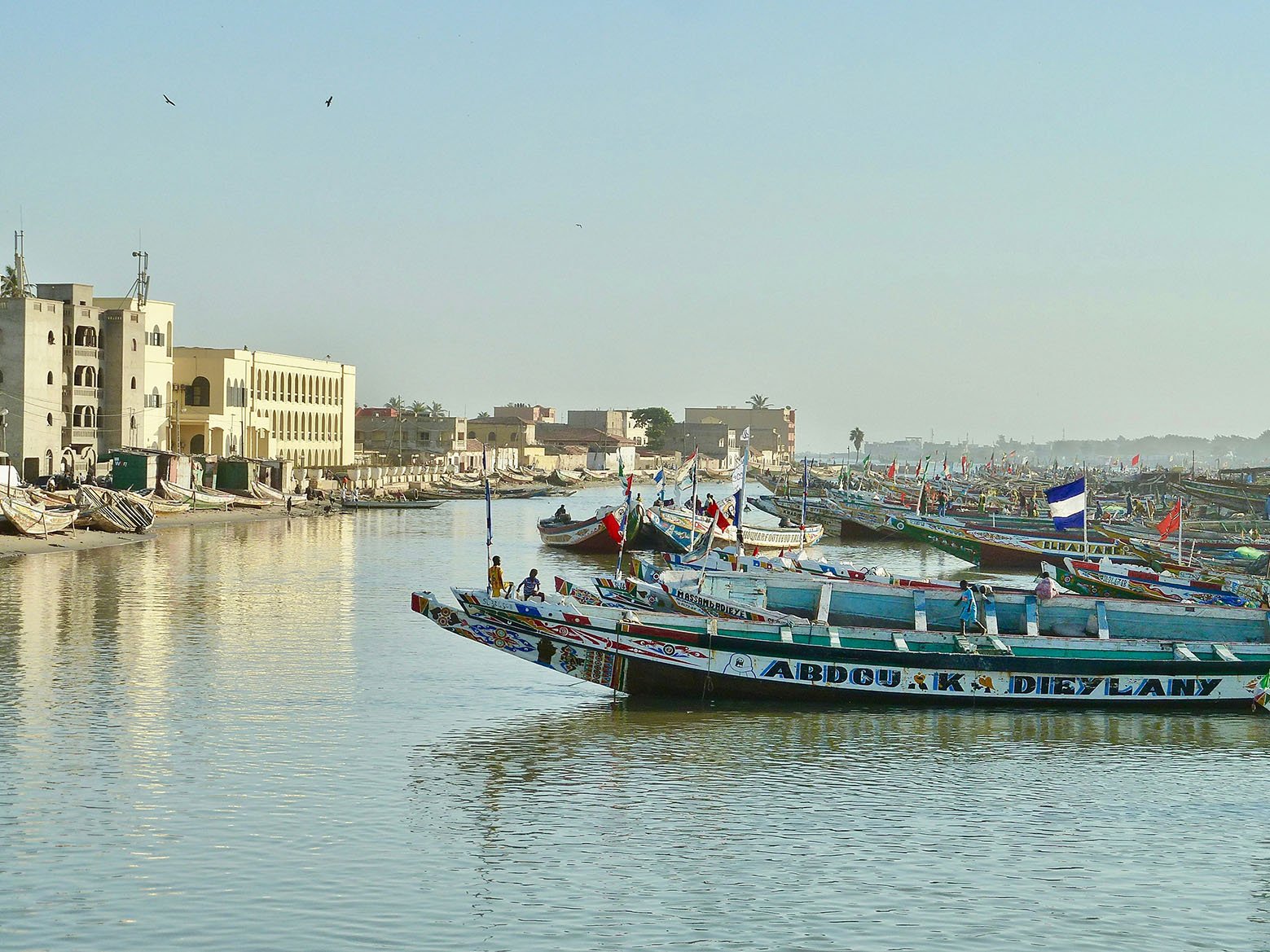Senegal, located on the westernmost tip of Africa, is a vibrant country characterized by its rich culture and diverse heritage.
Known for its warm hospitality, Senegal welcomes visitors with open arms, offering a glimpse into a society that is an intriguing blend of various influences. From its indigenous traditions to its colonial history, Senegal showcases a unique narrative that shapes the experiences of both residents and tourists alike.
The country is renowned for its dynamic festivals, music, and traditional art forms, which reflect the diverse ethnic groups that inhabit the region. The Wolof, Serer, and Fulani people, among others, contribute to a cultural identity that is as rich as it is varied. Senegalese music, particularly the genres of mbalax and sabar, is globally recognized, symbolizing the pulse of the nation's culture. Traditional dance and vibrant ceremonies further exemplify the importance of art in daily life, creating an immersive experience for visitors.
Tourism plays a pivotal role in Senegal's economy, acting as a significant catalyst for growth and development. The government has invested in promoting the country as a prime destination, highlighting its stunning landscapes, historical sites, and vibrant urban centers. Dakar, the capital city, serves as a cultural hub where visitors can explore historical landmarks, including the famous Gorée Island, a UNESCO World Heritage site that epitomizes the country's colonial past and the transatlantic slave trade.
Places
Senegal Highlights

Dakar
Dakar, the capital of Senegal, serves as a cultural and economic hub in West Africa, reflecting the country's diverse heritage and modern aspirations. Renowned for its energetic atmosphere, Dakar is characterized by bustling markets, a rich music scene, and delectable culinary offerings that beckon tourists from all over the world. The city not only embodies the essence of Senegalese life but also provides an intriguing glimpse into its history and vibrant culture. One of the primary attractions in Dakar is the African Renaissance Monument, towering at 49 meters, this monumental structure celebrates Africa's historical and cultural significance. It is a prominent symbol of resilience and progress, drawing visitors eager to experience its grandeur and panoramic views of the city and the Atlantic Ocean. Nearby, the picturesque coastline of Dakar presents stunning beaches, where visitors can relax and enjoy the rhythms of the ocean.

Casamance Region
The Casamance region, situated in the southern part of Senegal, is renowned for its stunning natural beauty and ecological diversity. This region is characterized by its lush landscapes, comprising verdant mangrove forests, rolling hills, and pristine beaches that stretch along the Atlantic coast. It is a unique area that caters to nature lovers and adventure seekers alike, offering an abundance of wildlife and outdoor activities.
One of the striking features of Casamance is its rich ecosystem. The mangrove forests serve as vital habitats for various species of birds, fish, and other wildlife. These ecosystems play a crucial role in maintaining the environmental balance, providing natural protection against coastal erosion and supporting the local fishing economy. Nature enthusiasts can explore the many trails and waterways, making it an ideal location for birdwatching, kayaking, and hiking.

St. Louis
St. Louis, once the capital of Senegal, stands as a testament to the country’s rich history and cultural heritage. This vibrant city, located at the mouth of the Senegal River, served as an important trade center during the 18th and 19th centuries, facilitating commerce between Europe and Africa. The city’s historical significance is evident in its well-preserved colonial architecture, which features a blend of French, African, and Creole styles. Notably, the island of Saint-Louis, a UNESCO World Heritage site, is characterized by narrow streets, colorful buildings, and charming French balconies, illustrating the city’s colonial past. St. Louis is also renowned for its lively cultural scene, which is a blend of various influences reflective of its diverse population. The annual Saint-Louis Jazz Festival attracts both local and international musicians, celebrating the rich musical traditions of the region.
